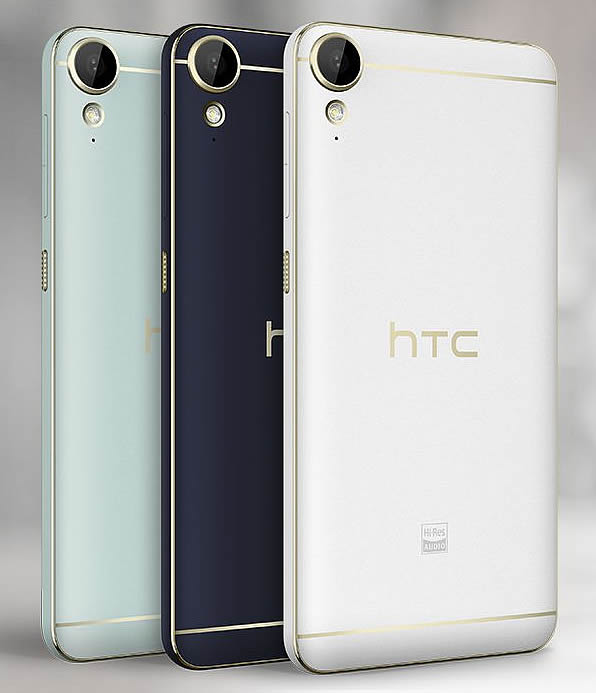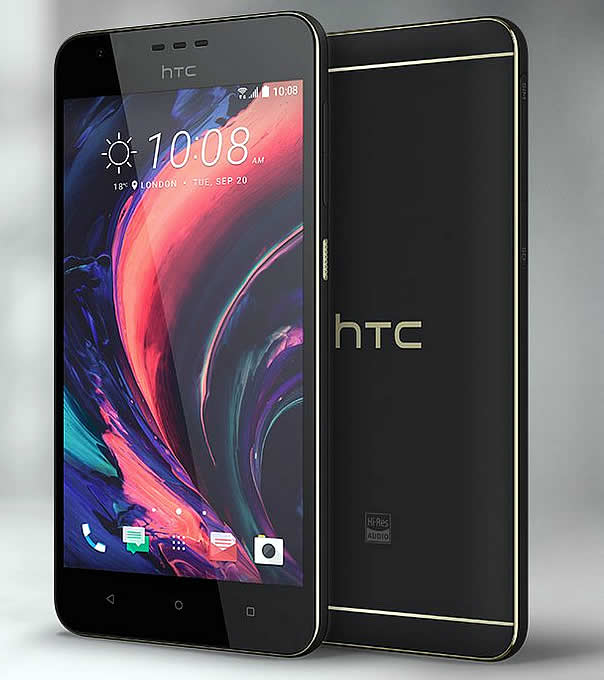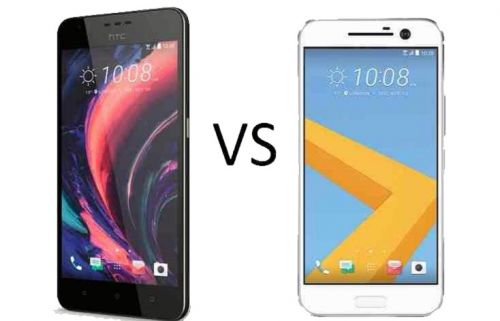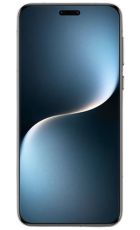The HTC Desire 10 Lifestyle is an impressive mid-range handset with strong audio skills and a stylish design, but HTC’s flagship, the HTC 10, could be described similarly, albeit with higher end specs and a higher price.
So just how do these two phones compare? We’ve put them head to head across a range of categories to answer that question.
Design
.jpg)
HTC Desire 10 Lifestyle (156.9 x 76.9 x 7.7mm) vs HTC 10 (145.9 x 71.9 x 9mm)
The HTC Desire 10 Lifestyle has a 7.7mm thick polycarbonate body, with a metal frame and golden accents. It doesn’t quite feel like a flagship build but it’s definitely a stylish, reasonably high-end look, with the gold contrasting well with the other colours of the phone (which can be black, dark blue, light blue or white).
The HTC 10 on the other hand has a metal unibody, immediately making it look and feel higher end than the HTC Desire 10 Lifestyle. It sports a curvier design too, that fits comfortably in the hand, but it’s actually slightly chunkier at 9mm thick.
The HTC 10 is arguably the better looking of the two – and certainly the more expensive looking, but both handsets look good.
Display

HTC Desire 10 Lifestyle (5.5-inch 720 x 1280) vs HTC 10 (5.2-inch 1440 x 2560)
There’s a large 5.5-inch display on the HTC Desire 10 Lifestyle, but at just 720 x 1280 it’s not super sharp, especially for the size, coming in at 267 pixels per inch.
That said it’s still a fairly crisp screen, but no match for the 5.2-inch 1440 x 2560 HTC 10, which is a pin sharp 565 pixels per inch. Being smaller also makes it easier to manage with one hand, though the larger expanse of the HTC Desire 10 Lifestyle makes it a good choice for games and movies – but still weaker overall thanks to the lower resolution.
Power
HTC Desire 10 Lifestyle (Quad-core Snapdragon 400 3GB RAM) vs HTC 10 (Quad-core Snapdragon 820 4GB RAM)
The HTC Desire 10 Lifestyle is oddly set up, in that it has 3GB of RAM, which is a fairly large amount, but just a 1.4GHz quad-core Snapdragon 400 processor, which is something we’re used to seeing on low-end phones.
As a result its performance won’t be great if you’re planning on using it for demanding apps and games, but for lighter use and even multitasking it should be fine.
The HTC 10 of course is far more powerful, with a high-end quad-core Snapdragon 820 processor, clocked at up to 2.15GHz, and 4GB of RAM. That’s in line with other 2016 flagships like the LG G5, and is more than enough for silky smooth performance.
Camera

HTC Desire 10 Lifestyle (13MP rear 5MP front-facing) vs HTC 10 (12MP rear 5MP front-facing)
The HTC Desire 10 Lifestyle has a 13MP rear camera with an LED flash, and a 5MP front-facing one, plus it can shoot video in up to 1080p at 30fps. That’s a solid setup, allowing for decent quality shots from both snappers.
But the HTC 10 has it beat, with a 12MP rear camera and a 5MP front-facing one. The rear camera, despite being a lower megapixel count, is more capable, thanks in part to a dual-LED flash, for brighter, more natural images, and optical image stabilisation, to ensure shots are in focus. Plus it has a laser autofocus, so it can focus quickly.
The front-facing camera has optical image stabilisation too, which it doesn’t on the HTC Desire 10 Lifestyle, and the HTC 10 can shoot video in up to 2160p at 30fps.
Battery life, memory and connectivity
HTC Desire 10 Lifestyle (2700mAh 32GB 4G) vs HTC 10 (3000mAh 32/64GB 4G)
There’s a 2700mAh battery in the HTC Desire 10 Lifestyle, which is a reasonable size, but the 3000mAh HTC 10 battery is larger and likely to last longer – though both phones will generally have to be charged every 1 to 1.5 days.
Storage starts at 32GB on both but the HTC 10 also has a 64GB option, and both phones have a microSD card slot.
Connectivity options include Wi-Fi, 3G and 4G on both. The HTC Desire 10 Lifestyle has Bluetooth 4.1, while the HTC 10 sports Bluetooth 4.2, and the HTC 10 also has NFC and a fingerprint scanner, which the Desire 10 Lifestyle doesn’t.
Price
This is the main area where the HTC Desire 10 Lifestyle wins out over the HTC 10, as it’s set to retail for £249 SIM-free, or likely from around £15 per month on contract.
The HTC 10 on the other hand starts at roughly £500 SIM-free and from around £33 per month on contract. In other words, it’s over twice the price of the HTC Desire 10 Lifestyle.
Conclusion

The HTC 10 is clearly a better phone than the HTC Desire 10 Lifestyle in most ways, but it’s also over twice the price, and only sports a slightly better design and battery, plus it has a smaller screen and its audio skills aren’t any better, with the Lifestyle being sold in large part on its powerful BoomSound speakers and Hi-Res audio support.
If you want it all and have the money to spare then the HTC 10 is the clear choice, but if audio is your priority you can get something just as good in the HTC Desire 10 Lifestyle, and if you’re on a budget it’s hard to argue with the Lifestyle’s price tag.



.jpg)





